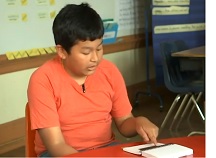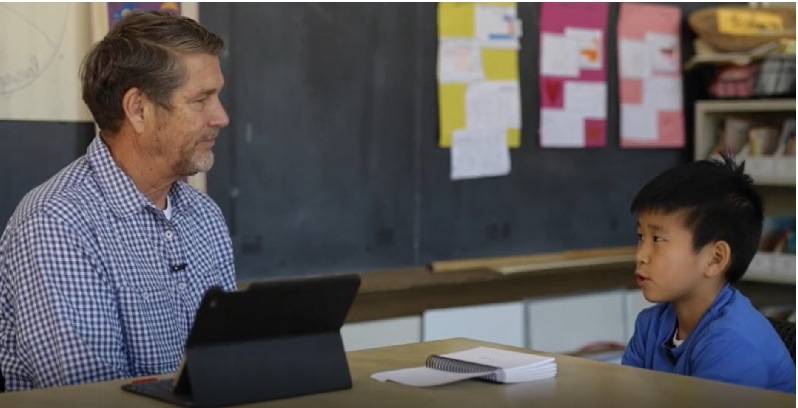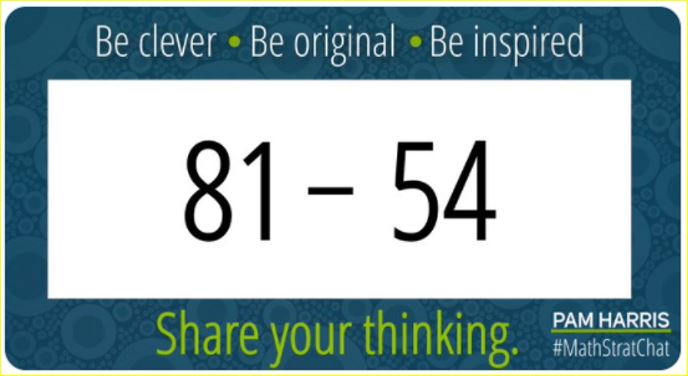
I took the photo of the board at the end of a fraction lesson I taught to fourth graders. The lesson engaged the students with representations of 4/5 and 5/4, using drawings the students had made. Read about how the lesson unfolded and what I learned about the students.
Marilyn BurnsJune 20, 2023









